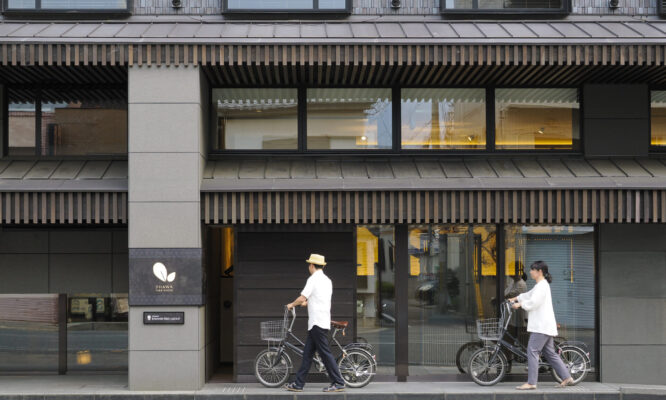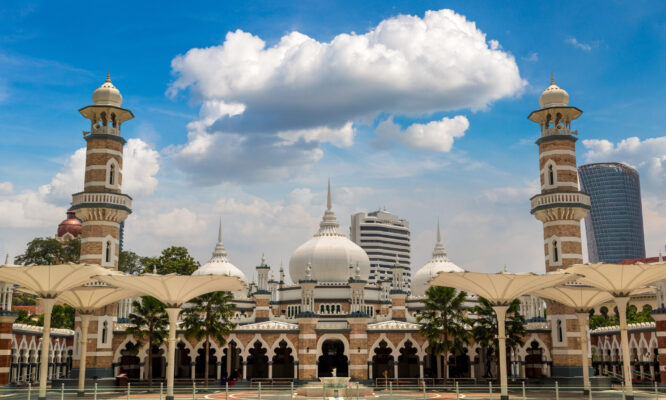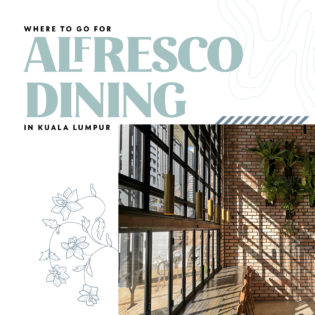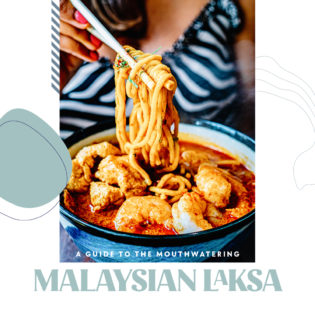Have a cuppa.
Words Tan Lee Kuen
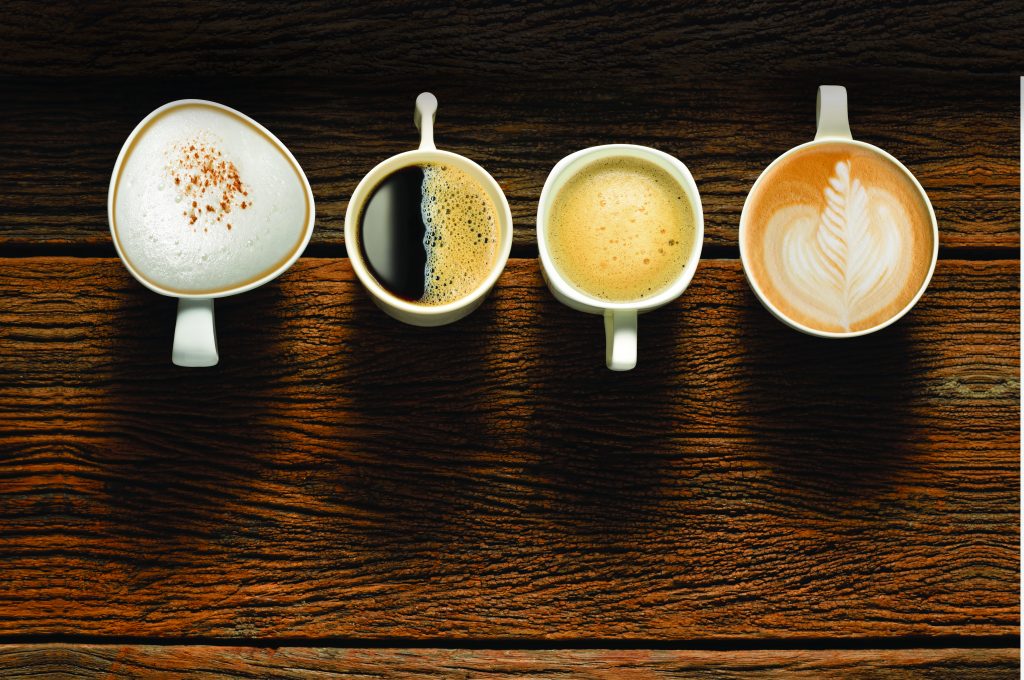
Drinking coffee is no longer just for a caffeine hit; it has become a lifestyle. The coffee landscape is continually being introduced to trends that come and go (Hello avolatte! Bye avolatte!), while some, such as cold brew coffee, prove to have staying power.
“The coffee trend is an ever-changing space which allows passionate speciality coffee industry professionals to keep innovating new coffee experiences for the consumer market,” says Jasen Lee, managing director of coffee roaster and distributor, Global Coffee Resources in Kuala Lumpur.
A roaster with more than 20 years of experience in the business, he is privy to changes in consumer tastes in coffee. “The preference has been changing from dark roasted coffee beans for a strong cappuccino to a lightly roasted profile for single-origin hand brewed coffee,” he observes.
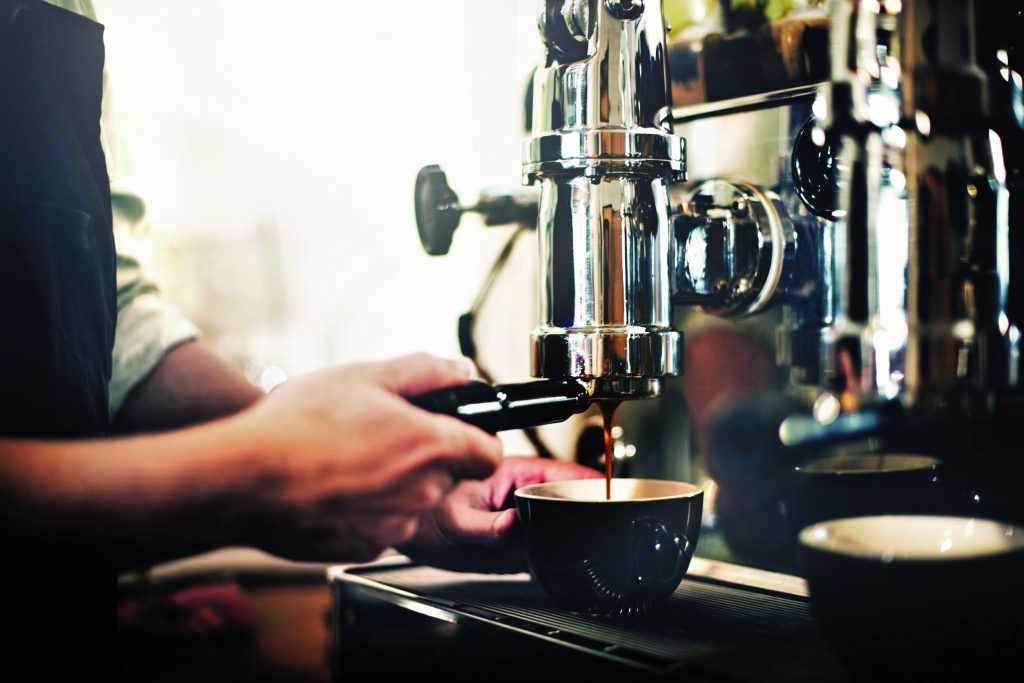
Trends and changing consumer tastes affect coffee producers too. “The eagerness of millennials to explore and discover different flavours in the coffee has contributed to the growth of different coffee processes,” says Darwin Arriega of Degayo Coffee Group, citing the natural and honey processed methods as current trends that his farm in the Gayo Highlands in Sumatra, Indonesia has adopted.
The group runs a tree-to-cup business, operating not just the farm but coffee mills, processing facilities and coffee labs in Sumatra, as well as a roaster and café through its sister company, Global Coffee Resources.
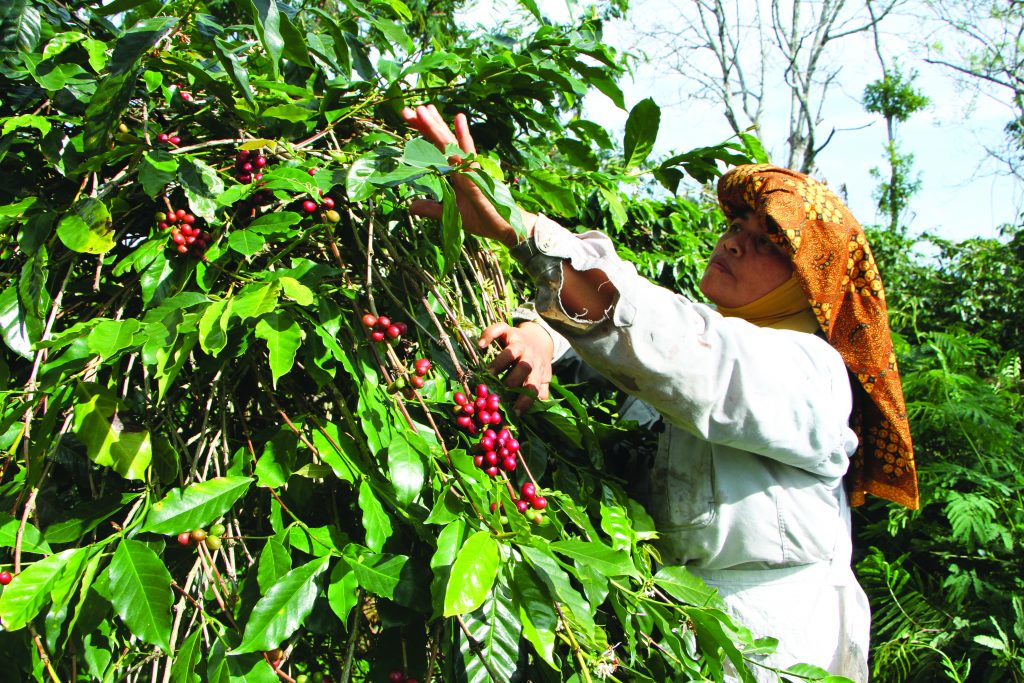
As for café and restaurant owner Najib Hamid, who owns several establishments, including Koffee Bar by Kreate, he tries to stay current with trends using promotions. One of the promotional coffees in the pipeline is a localised latte – iced latte with hand-squeezed coconut cream.
“But we notice that only a certain group of our customers are adventurous enough to try out different styles and flavours of coffee before eventually going back to their usuals. The majority of customers stick to their regular orders, which are the traditional milk-based cappuccino and latte,” he says.
If you’re one for trying new things, read on for the trends to watch for in 2019.
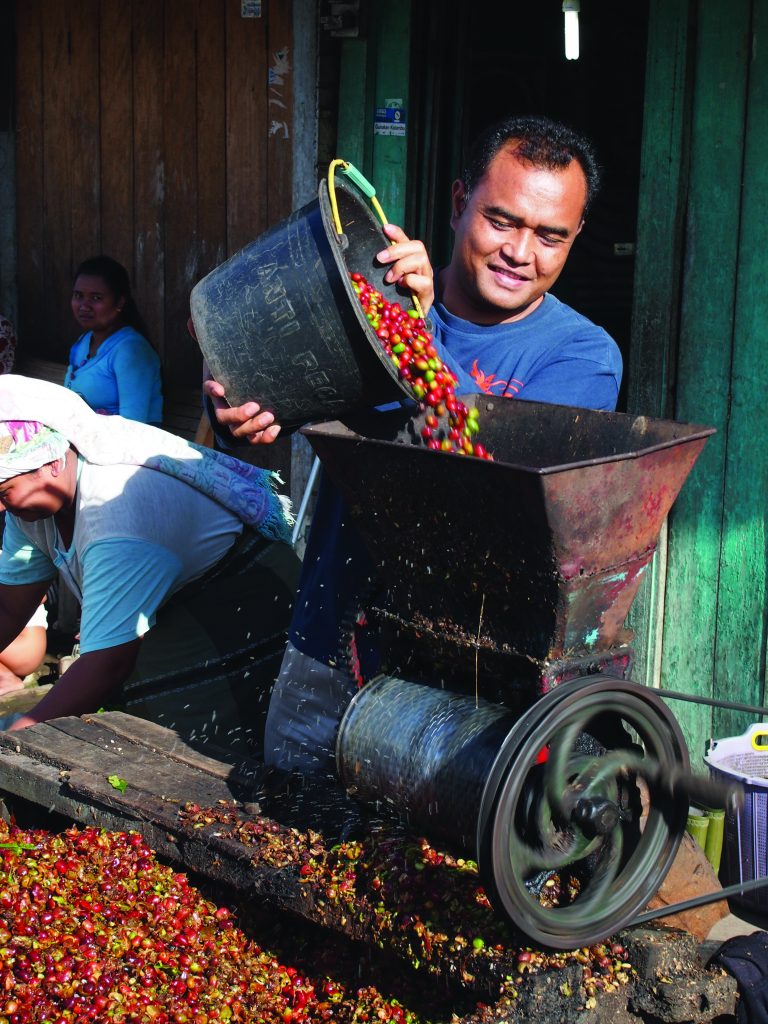
Natural and honey processed coffee
It is back to basics for coffee producers as they use traditional process methods such as natural and honey. “You will find more natural and honey processed coffees in cafés as coffee consumption in speciality coffee continues to grow,” says Arriega.
In the natural or dry process, coffee cherries are dried with the fruit left on the bean. In the honey process, the fruit is stripped off the bean, leaving the sticky mucilage intact before it is dried. The more widely used wet processing completely removes the red fruit to expose the green coffee beans before fermentation. The natural and longer fermentation of the natural and honey process results in complex notes and characteristics but can also produce inconsistent flavours. These processes are also more environment-friendly.
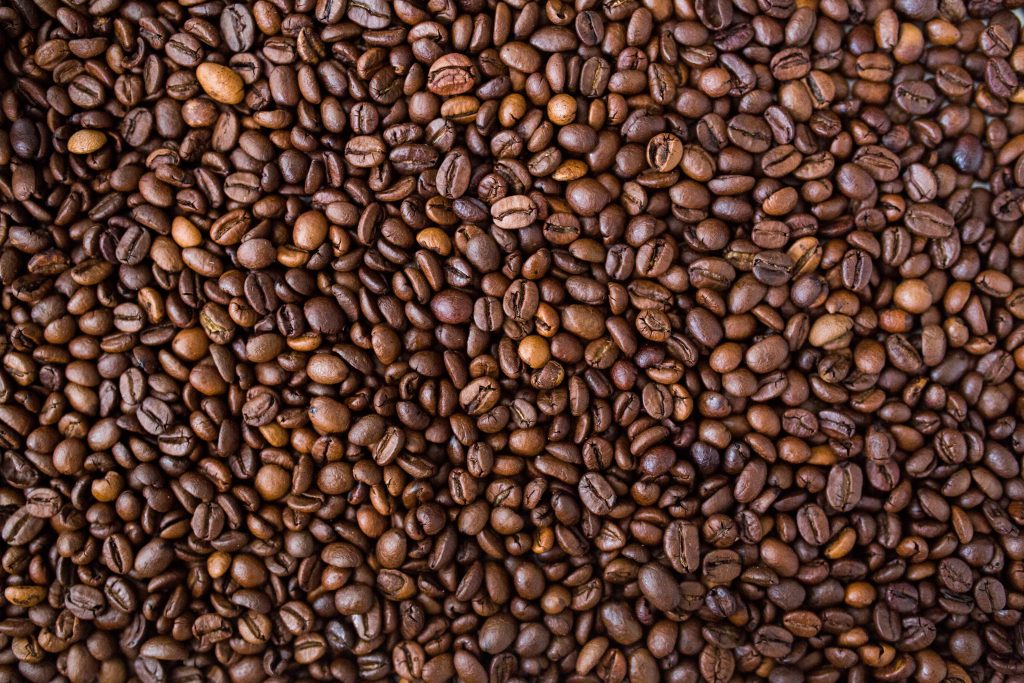
In-house roasting
Latte art, move aside; more cafés are going beyond the pretty and getting into the roasting game as they want to control every aspect of the end product. “This gives the customers the impression that they are roasting their coffee, which comes from different origins, fresh on a daily or weekly basis,” says Arriega, whose café in Kuala Lumpur, The Bean Belt, has its own roaster.
Roasting in-house also allows the cafés to explore and experiment as they coax the best out of their beans. Other café roasters in Kuala Lumpur to check out are Artisan Roast, Three Little Birds, and Cream.
Cold brew coffee
Cold brew coffee has been around for the last couple of years and it does not look like the trend is letting up. Instead, the trend has kicked up a notch with innovative recipes like cold brew coffee with instant snow cream or cold brew coffee with cherry flavours.
So what is cold brew? In this process, coffee is brewed in room temperature or cold water for 12 to 24 hours. “It creates a more flavourful coffee with much less acidity and bitterness than normal iced coffee,” says Lee. “We believe the trend will not go away. In fact, we think it will slowly replace mainstream iced coffee.”
Nitro coffee
It is more good news for cold coffee fans as nitro coffee is picking up steam and will be making its way to more cafés around Malaysia, or so Lee predicts. Nitro coffee is cold brew coffee infused with nitrogen in a pressurised keg and is served from a tap, producing a creamy, stout-like effect.
“This coffee product was first brought into Malaysia three years ago and only a handful of speciality cafés have been serving them. But I foresee this foamy, velvety and richly textured coffee will be widely available in most cafés in 2019.”
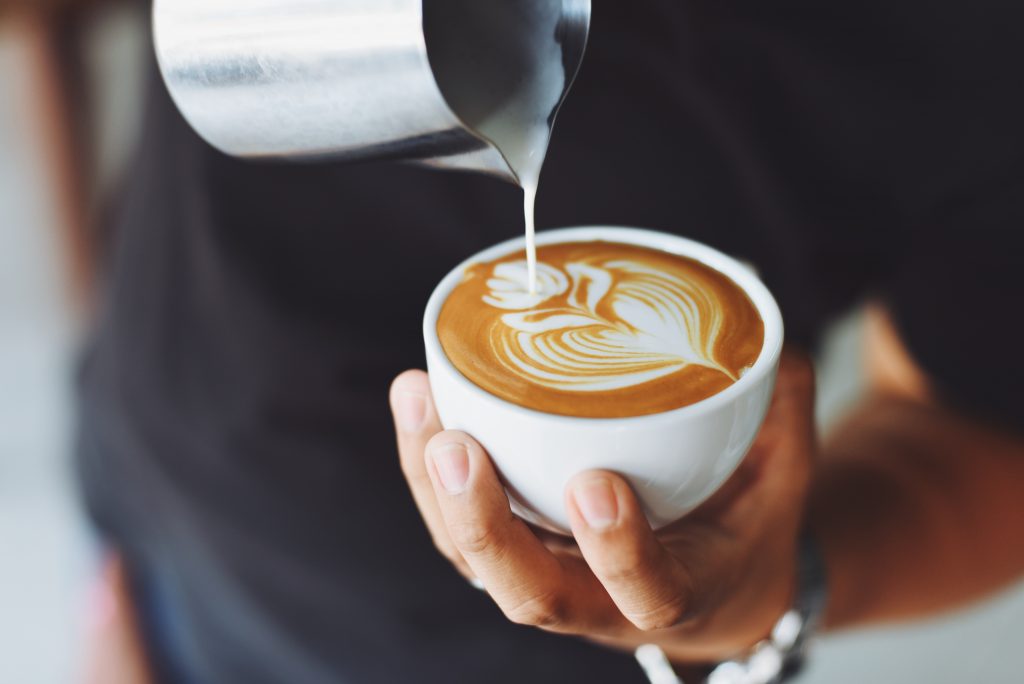
Coffee with non-dairy milk
Most of us like milk with our cup of joe. But with dairy-based milk taking a PR dive for ethical and health reasons, plant milk is gaining traction as alternatives. While the practice is not currently widespread in Malaysia, Lee thinks that more cafés will offer soy or almond milk as replacements as the year rolls on. Not all plant milks pair well with coffee however, so it is down to trial and error, as well as the skill of the barista, to produce a good cappuccino with them.
Sweet and creamy coffees
For those who like it sweet, you’ll be happy to know that milkshakes are making a comeback. Coffee enthusiasts may enthuse about the taste of black coffee, but the younger ones are opting for sweeter and creamier drinks such as the classic coffee shake, which is brewed coffee blended with ice cream. “The younger generation is excited about coffee shakes,” says Najib. “For those who can’t accept the acidity of coffee, coffee shakes are combined with different flavours to make them more palatable.”
